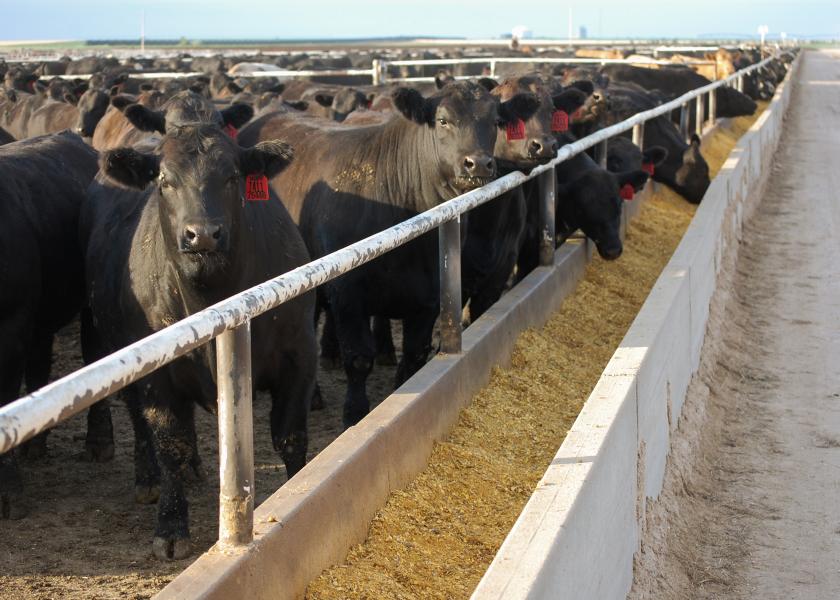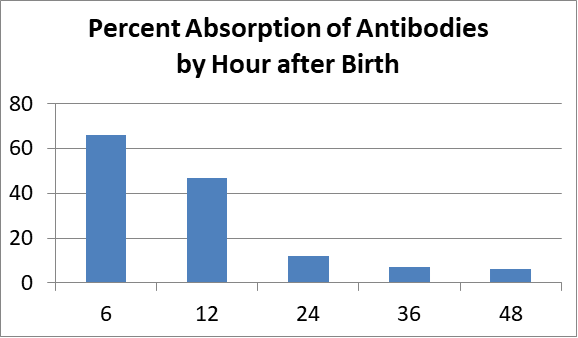
(CAB) Cattle feeding
A two-year large-scale trial in beef cattle in Alberta, Canada has
successfully demonstrated that a novel feed ingredient, developed by Royal DSM,
can be included in commercial feedlot diets to reduce methane emissions
by up to 80%, without negative effects on animal health and performance
parameters and carcass characteristics, according to the company. This
was the largest and longest trial for methane reduction in beef to date.
The trial alone already reduced Greenhouse Gas (GHG) emissions by 1,473
tonnes CO2e. This is comparable to taking 500 cars off the road for a
year.
The trial was conducted by a Canadian Research Consortium
consisting of Agriculture and Agrifood Canada, Feedlot Health Management
Services, Viresco Solutions, and DSM Nutritional Products, and with
support from the Alberta Cattle Feeders Association. Emissions Reduction
Alberta (ERA) committed $1.5 million to this $3 million project through
its Methane Challenge. The project was recognized for having positive
implications for the province due to the fact 70% of Canada’s cattle
production happens in Alberta. With ~15,000 heads of beef included in
the trial, it represents the largest single trial conducted on methane
reduction technologies for ruminants.
Methane emission from ruminants represents a significant portion
of anthropogenic greenhouse gases and contributes to climate change.
Royal DSM, a global science-based company active in health, nutrition
and sustainable living, has developed a feed ingredient to reduce
enteric methane formation in ruminants by over 30% on average. The
ingredient is scientifically called 3-NOP and is considered a
breakthrough technology that inhibits methane formation in the rumen of
cattle.
The trial demonstrated the commercial viability of feeding 3-NOP in
backgrounding and finishing operations in Alberta’s beef cattle industry
in a large-scale field trial. The project (1) evaluated the relative
effects of feeding the product on methane reduction and feedlot
performance, health and carcass quality outcomes in feedlot cattle fed
typical North American finishing diets (corn and barley grain based
diets) as well as in a high forage, backgrounding diet, (2) evaluated
direct measurement techniques for methane emissions in a commercial beef
feedlot where the product was used, and (3) demonstrated the use of the
product in day-to-day practicalities of commercial feedlots.
Measurements indicated that on average 70% enteric methane
emission reduction was found when the feed ingredient was provided in
steam-flaked or dry-rolled barley finishing diets at 125 mg/kg of feed
dry matter. In steam-flaked corn-based finishing diets, a reduction in
the range of 31% - 80% at the 125 mg/kg dosage of the feed ingredient
was observed. Lastly, in backgrounding diets, increasing the dose of the
feed ingredient stepwise from 150 to 200 mg/kg decreased the yield of
methane by 17%-26% compared with control animals. The trial successfully
demonstrated that the ingredient can be included in commercial feedlot
diets to reduce methane emissions, without negative effects on animal
health and performance parameters and carcass characteristics.
The inclusion of the feed ingredient in the diets of cattle has
resulted in real, permanent and quantifiable reductions of methane
emissions and has broad applications across Alberta’s beef and dairy
sector, and in feedlots globally.
Steve MacDonald, CEO Emissions Reduction Alberta (ERA), comments:
“Alberta’s agricultural sector is a world leader in sustainable
practices. The results of this trial highlight that further
opportunities are on the horizon for beef and dairy producers to better
manage methane from cattle. ERA’s investments are accelerating the
solutions that will deliver the improved economic and environmental
outcomes Alberta and the world need.”
As Project Leader Karen Haugen-Kozyra of Viresco Solutions
states: “This trial is significant for two reasons: it demonstrates that
compared to conventional feed mixes, the inclusion of 3-NOP in the diet
mix for cattle has resulted in real, permanent and quantifiable
reductions of methane emissions (ranging from 31-80% in finishing
diets). It therefore has broad application potential across Alberta’s
beef and dairy sector - and further afield. We are particularly happy
also that the trial in itself generated CO2e greenhouse gas reductions
(GHG) of close to 1,500 tonnes clearly showing the impact this solution
by DSM can have - especially when it is on the market and scaled up.”
Mark van Nieuwland, Program Director at DSM is happy with the results
of the trial: “We see the demand for low carbon beef and dairy products
increasing globally. We are therefore very proud that our methane
reduction solution has proven to be highly effective at scale and with
this level of impact. This is the largest cattle trial DSM has ever
contributed to with over 15,000 cattle tested. Our solution showcases
well DSM’s purpose-led, performance driven strategy. We are very
grateful also to ERA and the Alberta Cattle Feeders Association for
their generous financial support to make this trial a reality and to
deliver true impact for the planet’s future.”
DSM has filed the novel feed ingredient for commercial registration under the trade name Bovaer® in various geographies.


